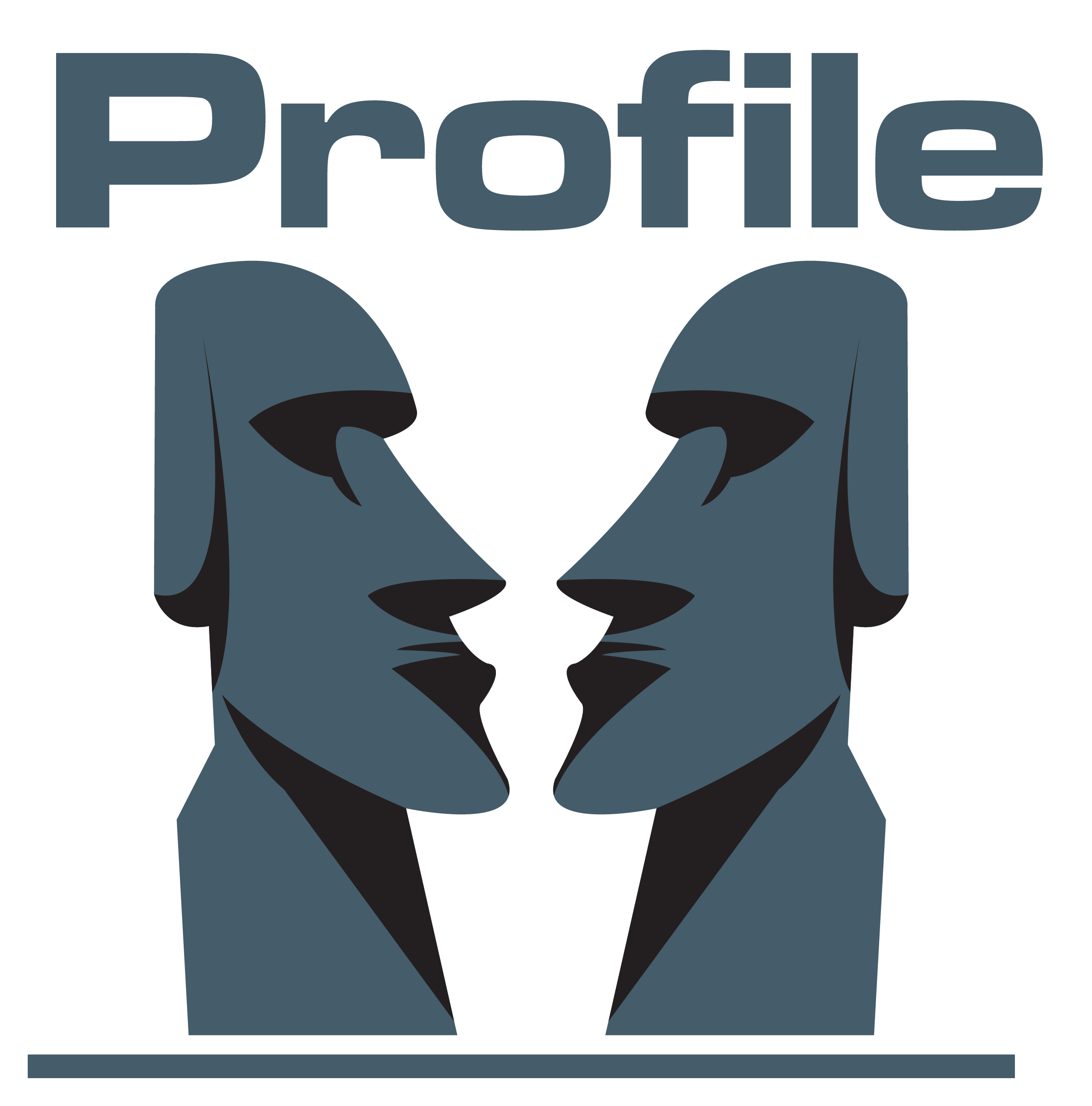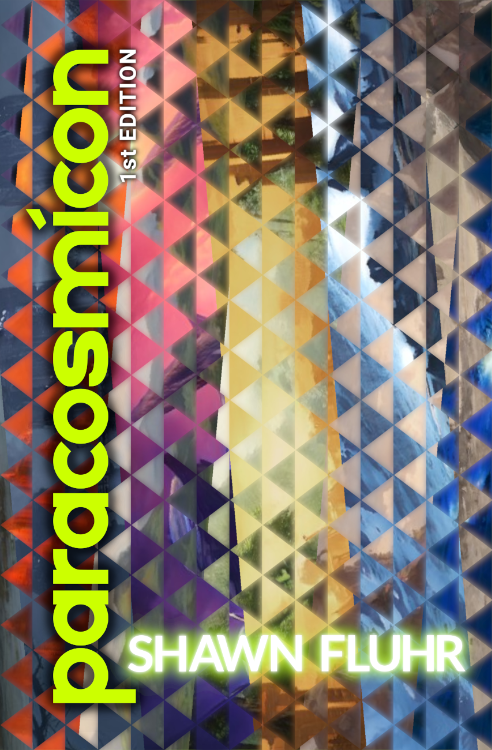Interview with Shawn Fluhr
Author of Paracosmicon
I have been worldbuilding since I was very young and have a preference for both of the high fantasy, and high sci-fi genres. I also produce pen and paper, card, traditional, and electronic games for both fun and profit. The thing I enjoy most about worldbuilding is the small details. Each time I write an article, I get two more things I can detail-build on. My backlog of things to write is endless. I have turned this process into a cornucopia of knowledge about my world's smallest parts. I also enjoy magic systems and magic system design, putting into place clear rules for the people of my worlds to follow.
Buy this book
Quick description of the book for a new reader - what should they expect?
- The book is a guide to worldbuilding for fiction writers of any caliber.
What was your inspiration for this book?
- I've been worldbuilding since early childhood, and have been planning to write a book of this kind of some time.
Which authors do you admire? How have they influenced your writing style?
- I enjoy Arthur C. Clarke, Isaac Asimov, and Gene Wolfe's work. I'm an enjoyer of sci-fi, if that wasn't obvious. I write fantasy fiction though, but tend towards descriptive logical explanations of magic.
Can you tell us a little about the locations in your book?
- This book is non-fiction, but details many settings; specifically the various types of punk.
What advice would you give to aspiring authors?
- Learn how to worldbuild. This books contains 80,000 words of advice on how to do that.
Could you talk a little about your writing process?
- For fiction I tend to follow a formulaic structure based on the monomyth. For this non-fiction book, I wrote a majority of it as independent essays and stitched them together.
Which character has had the greatest impact on readers?
- This book contains no characters.
If the book were to be adapted for TV or film, who would you see in the lead role? Who did you have in your mind’s eye ?
- This book contains non-fiction.
How have readers responded ?
- Very positively, especially considering I asked randos on the internet to read it. They have found the book immensely helpful.
Where next? What are you working on now?
- I am starting a series of fiction novels based in my universe of keygemin.
Synopsis
This book covers a large range of topics, including but not limited to: depth vs breadth worldbuilding style, the design of natural laws for universes, geographical features, flora and fauna, materials, settings and genres, in-universe art and architecture, relationships between characters and civilizations, cultural traditions, governmental systems, currency and trade, guides on naming various features of a world, constructed languages, and how to receive and handle feedback as a creator. The book contains judicious examples from all types of media, and a chapter showing the results of my worldbuilding in relation to the book's content.
For authorship, explanations are given in the context of a creator looking to build a world of fiction for any medium. It explores how the environments they create can improve their ability to drive a narrative, write compelling plots, and characters that interact with that world. The book is written with an educational slant, and gives a lot of technical information about why things in our world are the way they are, and how best to apply the research you do to inspire new creations.

